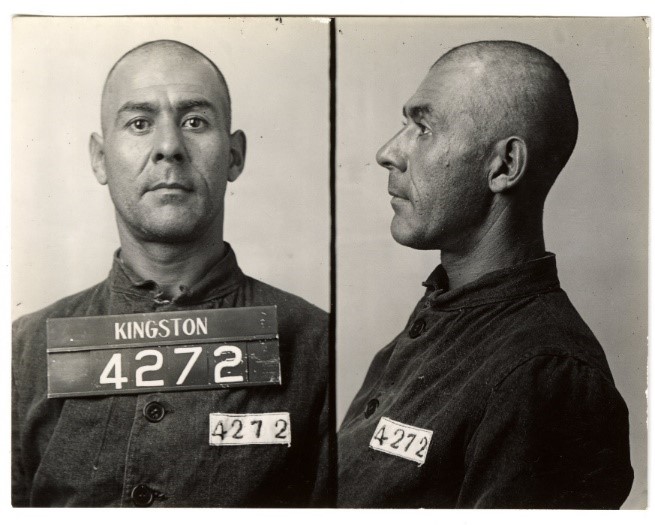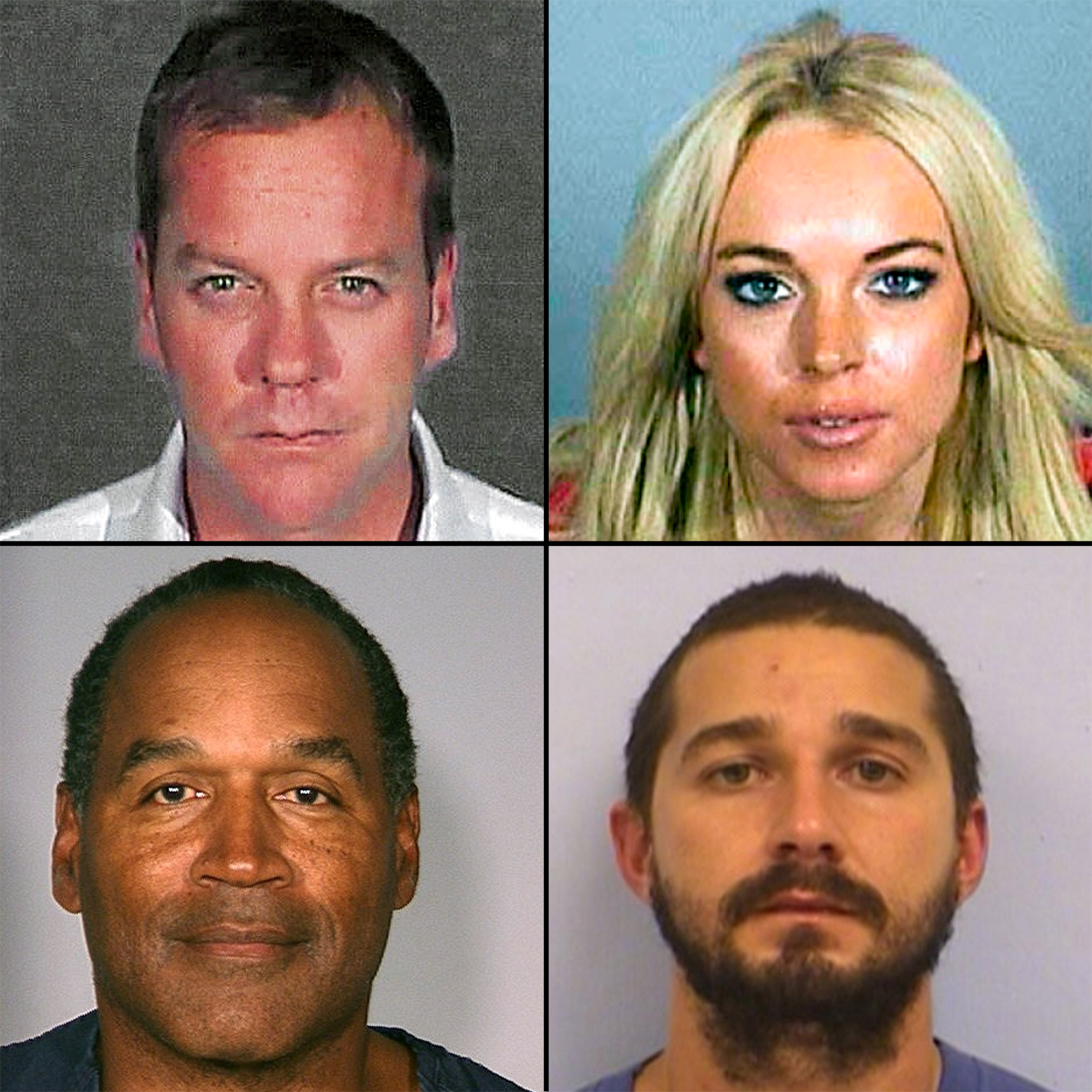Orlando Criminal Offense Watch: Mugshots Orlando Supplies Unfiltered Accessibility to Neighborhood Arrest Records
Orlando Criminal Offense Watch: Mugshots Orlando Supplies Unfiltered Accessibility to Neighborhood Arrest Records
Blog Article
Unlocking the Secrets Behind Mugshots: a Glimpse Into the Background of Lawbreaker Portraits
Bad guy pictures, generally understood as mugshots, have long been a subject of intrigue and fascination. These relatively ordinary pictures capture not just the face of a criminal, yet also a picture of history, providing a glance right into the tales and secrets that lie behind each face. From their very early beginnings to the modern applications of criminal pictures, the evolution of mugshot strategies has clarified the ever-changing nature of criminal activity and legislation enforcement. By exploring the historical significance and concealed narratives behind these pictures, we can unravel a rich tapestry of human actions, societal fads, and the complicated relationship between wrongdoers and the justice system. Join us as we embark on a trip to open the tricks behind mugshots and obtain a much deeper understanding of the exciting history they hold.
Early Origins of Bad Guy Portraits
The early beginnings of criminal pictures can be mapped back to old worlds, where visual representations were utilized to identify and document criminals. In ancient Rome, wax tablet computers were utilized to develop individualized pictures of offenders, supplying a means of recognition and aiding in their capture.
As cultures developed and crime ended up being more widespread, the need for standard and accurate criminal pictures expanded. This resulted in the growth of the modern mugshot. The initial known official use mugshots can be credited to the French cops in the late 19th century. Alphonse Bertillon, a French criminologist, devised a system of dimensions and digital photography to create a standard approach for documenting wrongdoers. This system, known as the Bertillon system, consisted of a full-face and account photograph, in addition to thorough physical measurements, such as height, weight, and differentiating attributes.
The early origins of criminal pictures laid the structure for the modern-day mugshot. Today, these pictures remain to play a vital role in police, helping in the identification, capture, and sentence of wrongdoers worldwide.
The Advancement of Mugshot Strategies
Over the years, advancements in photography and technology have led to significant improvements in the techniques used to capture mugshots. Mugshots Orlando. In the very early days, mugshots were often taken making use of a simple front-facing electronic camera, recording the person's face and top body. Nevertheless, as innovation advanced, so did the methods of capturing mugshots.
One significant advancement was the adoption of standardized procedures and guidelines for taking mugshots. This assisted guarantee consistency in the photos, making it simpler for legislation enforcement companies to compare and identify people. Furthermore, the introduction of standard illumination techniques helped remove shadows and reflections, leading to clearer and extra precise mugshots.
Another important innovation was the usage of digital photography. This enabled immediate capture and immediate accessibility of the images, removing the requirement for taxing film development. Digital digital photography also made it less complicated to keep, look, and share mugshots digitally, improving the effectiveness of law enforcement companies.
Furthermore, face recognition innovation has reinvented the way mugshots are utilized in criminal examinations. By comparing the special facial functions recorded in mugshots with databases of recognized bad guys, regulation enforcement can quickly determine and track down suspects. This technology has actually significantly improved the precision and speed of determining individuals entailed in criminal activities.

Uncovering the Stories Behind the Faces
Via mindful examination and research, real stories concealed within each mugshot can be disclosed, dropping light on the lives and conditions behind the faces captured in these jailing images. Mugshots are not merely snapshots of offenders; they are windows right into a globe of stories waiting to be discovered.
Every face tells a story, and by analyzing the details within each mugshot, scientists can start to piece with each other the facility lives of those recorded by the criminal justice system (Mugshots Orlando). The expression on a person's face, their stance, and the problem of their clothing can provide valuable understandings right her latest blog into their emotion, socioeconomic history, and also prospective intentions for their criminal offenses
Additionally, by diving into historical records and carrying out meetings with family members, buddies, and associates, researchers can dig deeper right into the life of the specific portrayed in the mugshot. This procedure frequently discovers a rich tapestry of personal experiences, has a hard time, and connections that added to the person's descent into criminal activity.
Uncovering the stories behind the faces in mugshots is not only a remarkable workout in historic investigative job but also acts as a suggestion of the intricacy of human lives. By humanizing those that have been marginalized by society, we gain a much deeper understanding of the variables that add to criminal offense and can work towards developing more efficient and compassionate approaches to criminal justice.
/arc-anglerfish-arc2-prod-tbt.s3.amazonaws.com/public/X6UVAXGJEEI6TAOPPAY4DVT77I.jpg)
Mugshots Through the Years
Throughout the years, mugshots have supplied an aesthetic document of individuals that have actually come into call with the criminal justice system. In the early decades, mugshots were often basic and straightforward, recording the individual's face and account versus a plain background.
As the years proceeded, developments in digital photography allowed for hop over to these guys clearer and a lot more detailed mugshots. Color film came to be more commonly offered, including a new dimension to these portraits. Together with the technical renovations, changes in the criminal justice system likewise affected the means mugshots were taken. In the mid-20th century, standard practices were executed, such as front-facing shots with a neutral expression, height dimensions, and the incorporation of a side account.
In recent decades, digital photography and computerized databases have revolutionized the way mugshots are captured and stored. High-resolution digital cameras and advanced software have actually made it less complicated to record and refine photos swiftly and effectively. Mugshots are now quickly offered to police and can be easily shared throughout territories.

Modern Applications of Bad Guy Portraits
Innovations in innovation and the criminal justice system have actually caused the modern applications of criminal pictures, transforming the method mugshots are utilized in police. With the introduction of electronic photography and face recognition software program, mugshots now offer a broader array of purposes past plain identification.
Among the essential modern-day applications of criminal portraits is making use of face recognition innovation. By contrasting the facial functions of people in mugshots to a data source of well-known bad guys, regulation enforcement companies can rapidly identify possible suits and help in resolving criminal activities. This innovation has actually verified to be indispensable in instances where conventional techniques of recognition have stopped working.
Furthermore, criminal portraits currently play an important function in improving public safety and security. With the magazine of mugshots on police internet sites and social media platforms, people can be made aware of the identities and prospective threats postured by people with rap sheets. This increased transparency assists neighborhoods remain watchful and promotes a sense of shared responsibility in avoiding and combating criminal activity.
Additionally, modern applications of criminal portraits extend past regulation enforcement. Mugshots are progressively being made use of by companies, property managers, and even on the internet dating systems to make and evaluate individuals notified decisions. These portraits supply important insights into a person's history and personality, aiding in threat evaluation and making certain the security of others.
Final Thought
To conclude, the background of criminal portraits gives a fascinating insight right into the evolution of mugshot methods and the tales behind the faces caught in these pictures. From very early beginnings to contemporary applications, criminal portraits have actually acted as important devices in legislation enforcement and criminal recognition. By studying mugshots with the years, we can much better comprehend the altering technologies and methods made use of in capturing and recording criminal activity.
Crook pictures, commonly understood as mugshots, have long been a subject of intrigue and attraction. From their very early origins to the modern-day applications of criminal portraits, the evolution of mugshot strategies has shed light on the ever-changing nature of crime and law enforcement.The very early origins of criminal portraits can be traced back to old civilizations, where visual representations were used to recognize and record offenders.In final thought, the background of criminal portraits gives an interesting understanding into the advancement of mugshot strategies and the stories behind the faces recorded in these photos. From very early beginnings to contemporary applications, criminal portraits have served as valuable tools in legislation enforcement and criminal identification.
Report this page